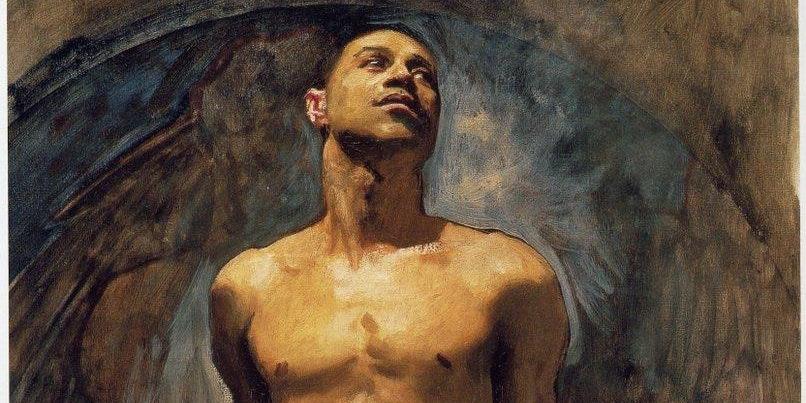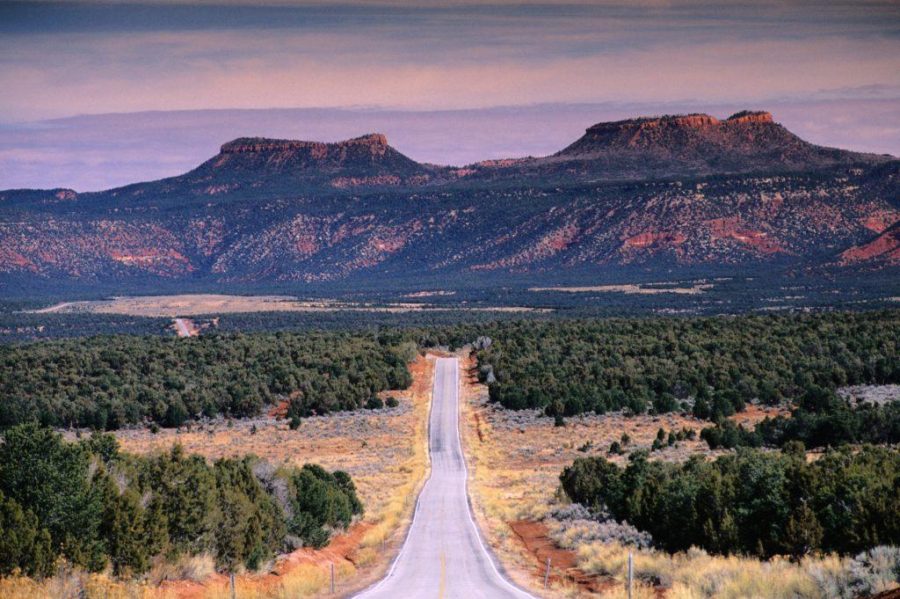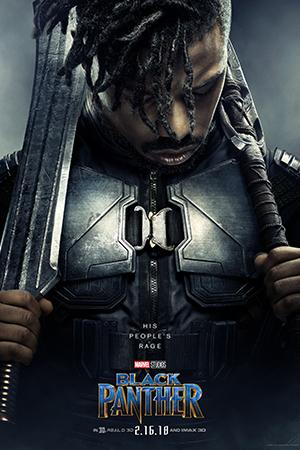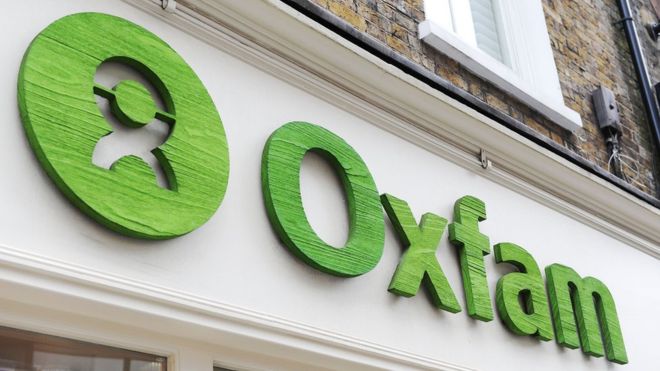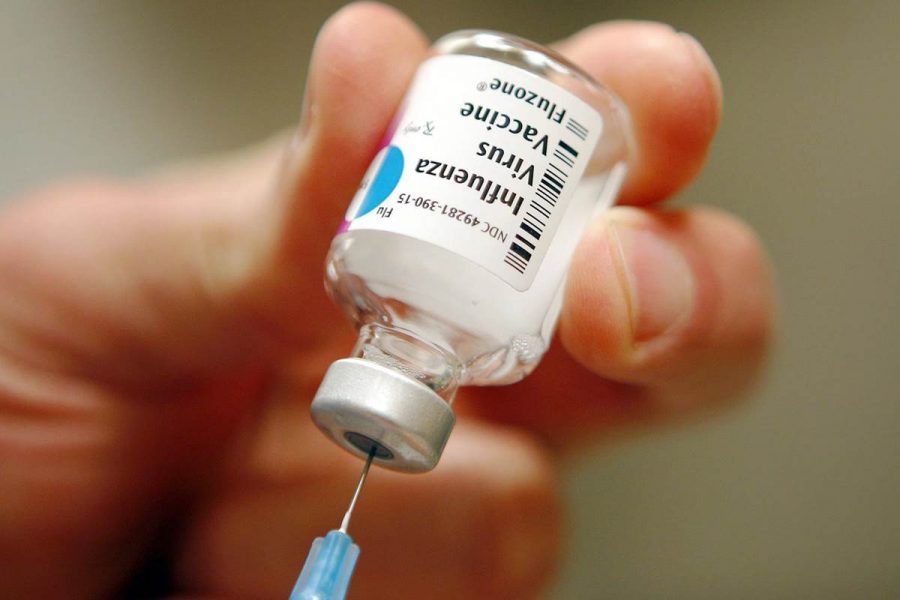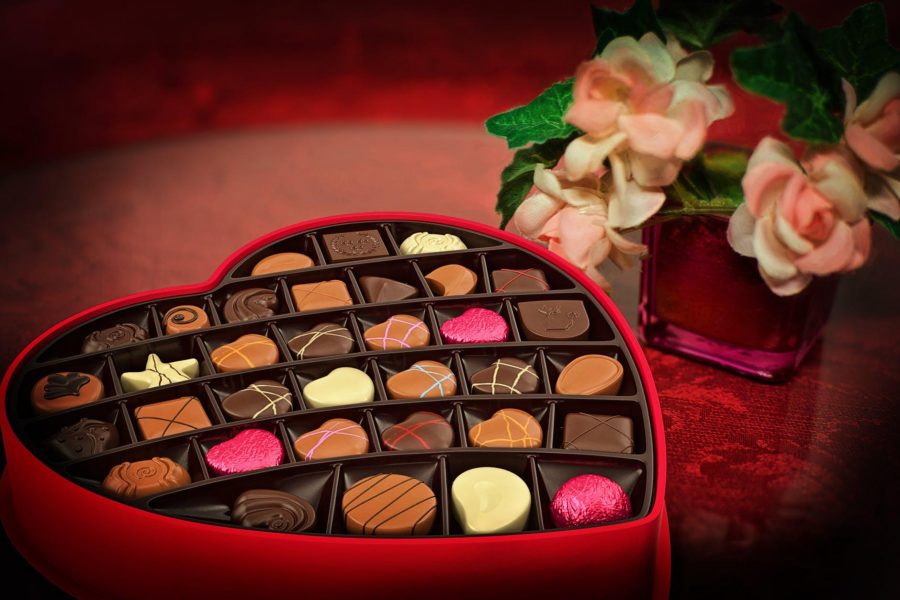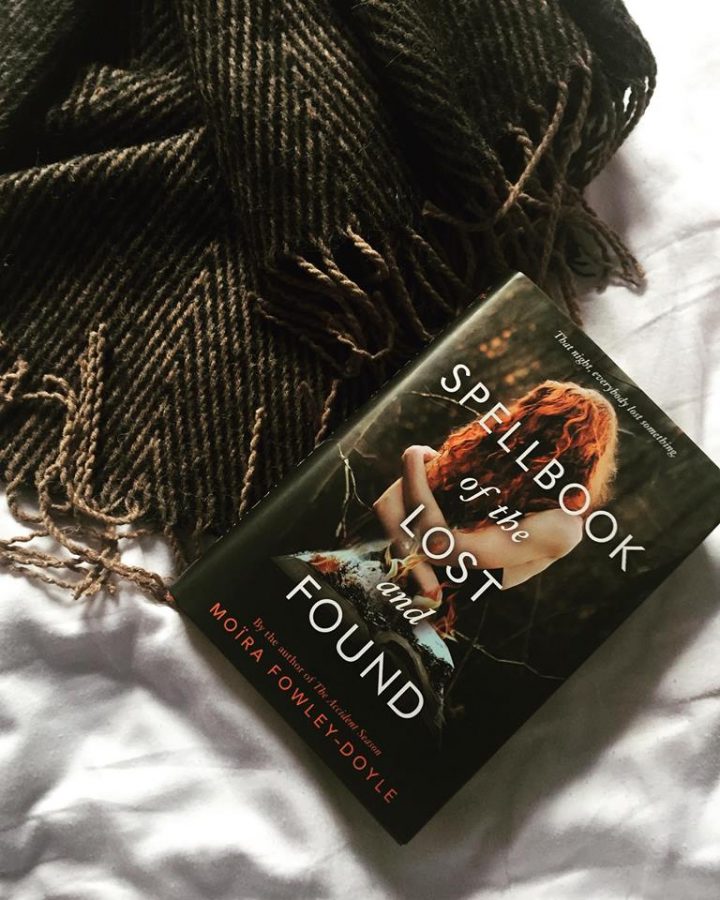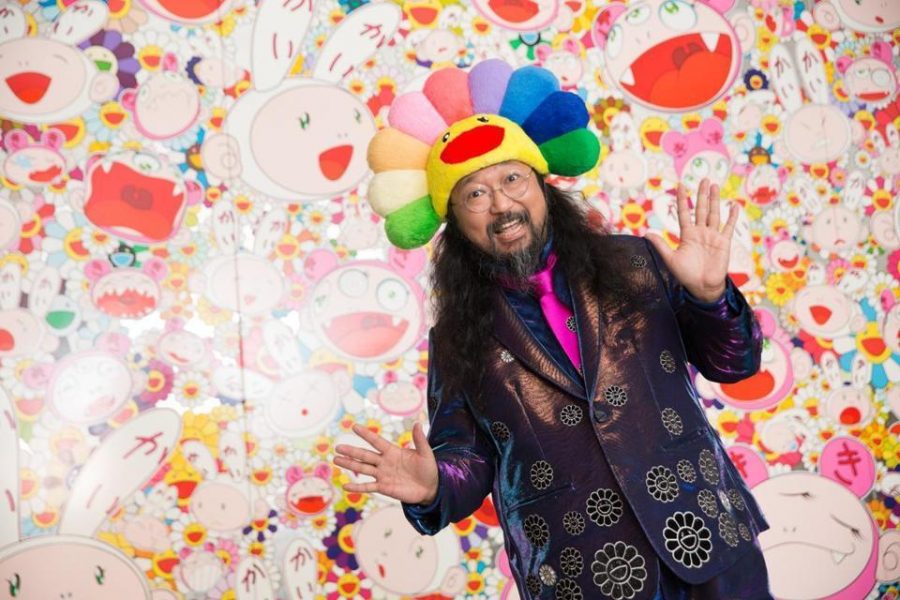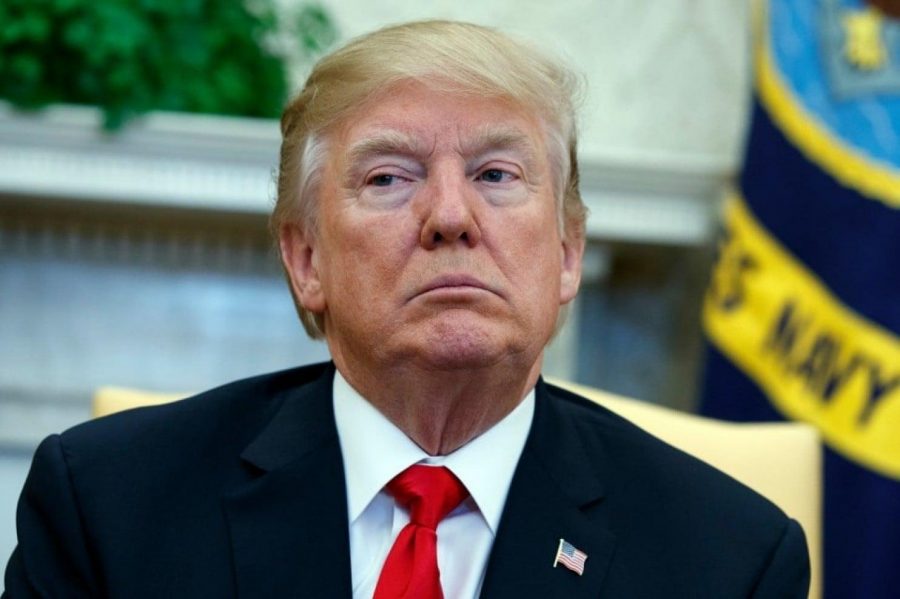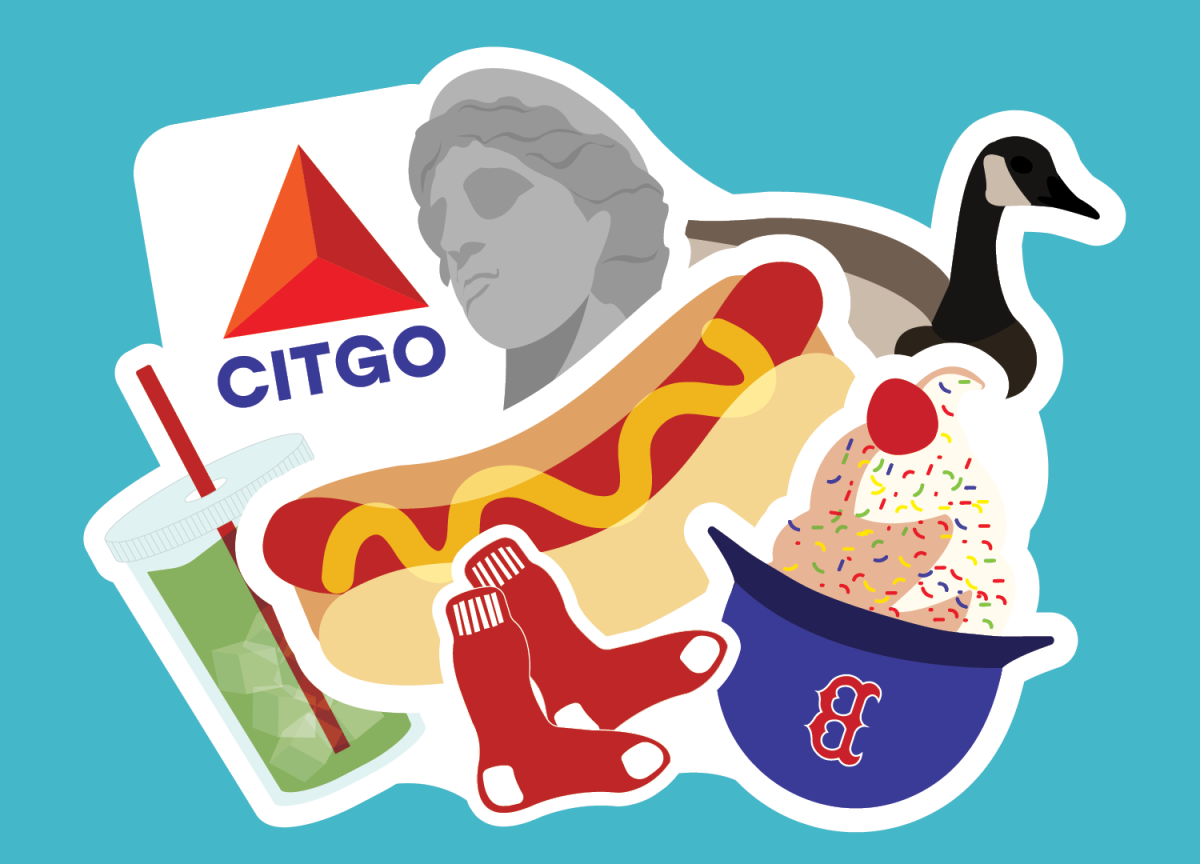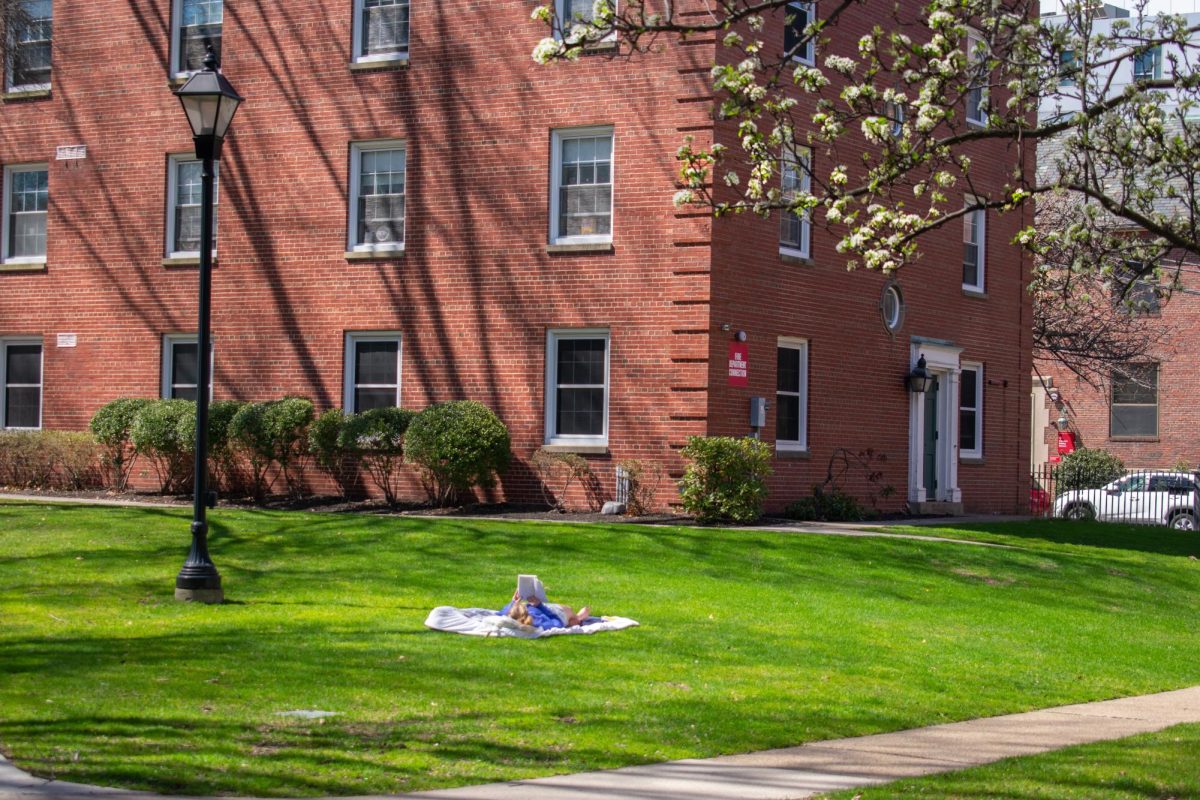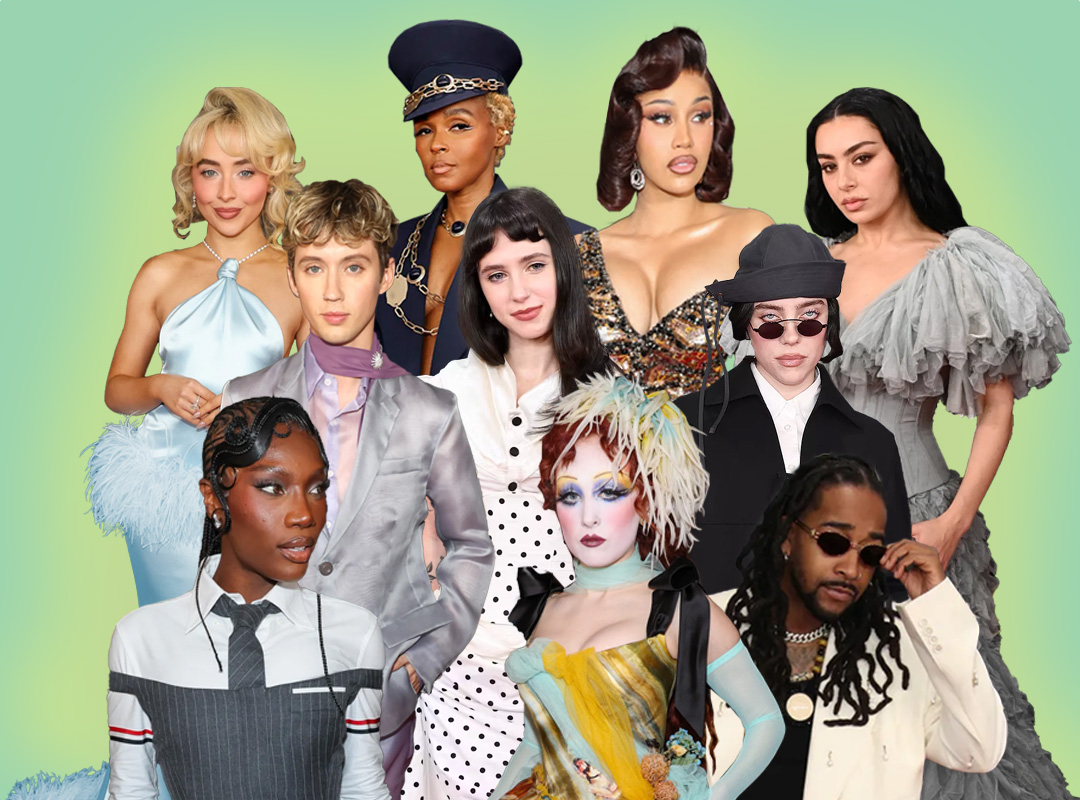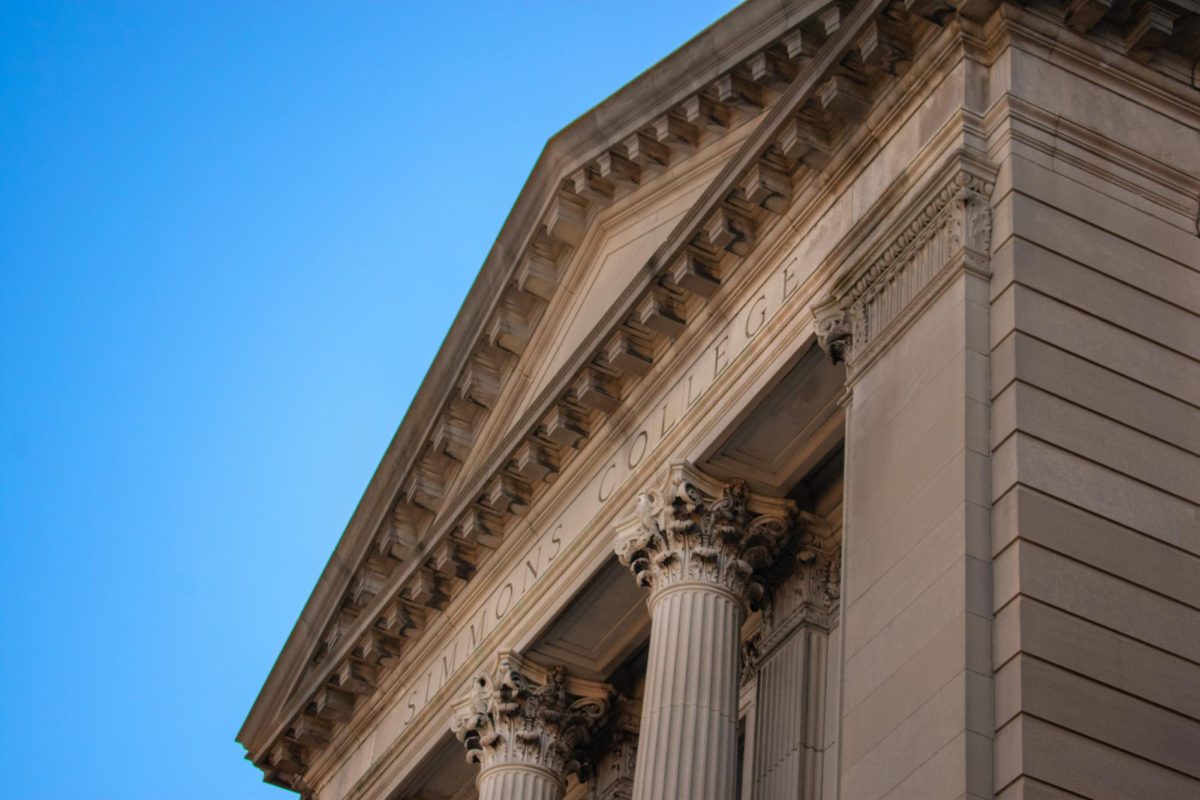This week, the Philadelphia Eagles broke the New England Patriots’ winning streak at the 52nd Super Bowl, the championship game for the 2017 football season. Given that this is the team’s first championship title, more than 50 years in the making, Eagles fans took to the streets to express their unbridled excitement and pride. For some, this simply meant donning Eagles attire and running through the streets with college roommates. For others, these celebrations were more intense: flipping cars over, setting fires, graffiti-ing “f*ck Tom B” across buildings and tearing down signs, etc. As various news outlets, both local and national, cover Philadelphia’s win and the city’s expression of its excitement and triumph, the eye is drawn to one word: “celebrations,” or “celebrate;” or any iteration of the aforementioned word.
Upon googling pictures or videos of Philadelphia the night of the super bowl, pay attention to the aerial shots specifically. Crowds spill over the streets and sidewalks, appearing to be hundreds of people deep. Light from street lamps make the bodies appear to be one large mass moving through the streets of Philadelphia. The word “celebration” certainly describes the emotions and intentions of many of those out on the streets that night. The other word, of course, is “riot.”
In the past couple days since the Super Bowl, more news outlets have been using the word “riot” to describe the actions of Philadelphia fans this past Sunday night. And yet the general framing of the situation is that the crowds consisted of “overzealous fans,” according to AP Sports. In a tweet, the AP Sports account described the actions of the crowd: “smashed windows, climbed traffic lights, and trashed some convenience stores.”
The more we read these articles and see these videos and pictures, the more we can’t help but think: what if this was a mass protest, similar to the ones the nation has seen in reaction to police brutality? Smaller crowds with significantly less damage (often none at all) have drawn police presence in full riot gear; some have resulted in displays of the very force protestors were marching against, or use of tear gas. What if this had been a crowd of largely people of color? In terms of the trashed convenience stores, we can’t help but recall the famous caption of a man in floodwaters in front of a convenience store in NOLA after Hurricane Katrina; the caption described the man as “looting” the store. What, then, does this display of sports fans count as?
The point is not necessarily that the Philadelphia sports fans in the streets warranted excessive use of police force. Nor is it that police were not present, or that they were unprepared. Rather, one must question how the news frames the narrative around events like this. Time and time again, protesters marching or chanting against any form of inequality have been presented as the worst kind of disruptors—as nuisances, or as borderline criminals. Why are we so willing to accept riots in celebration of a championship? Doesn’t that count as the kind of property destruction, or misuse of time and energy, that protesters of police brutality are told they are engaging in? We are always told that protests must remain “peaceful.” Why should the reaction after a sport’s victory be any different?



